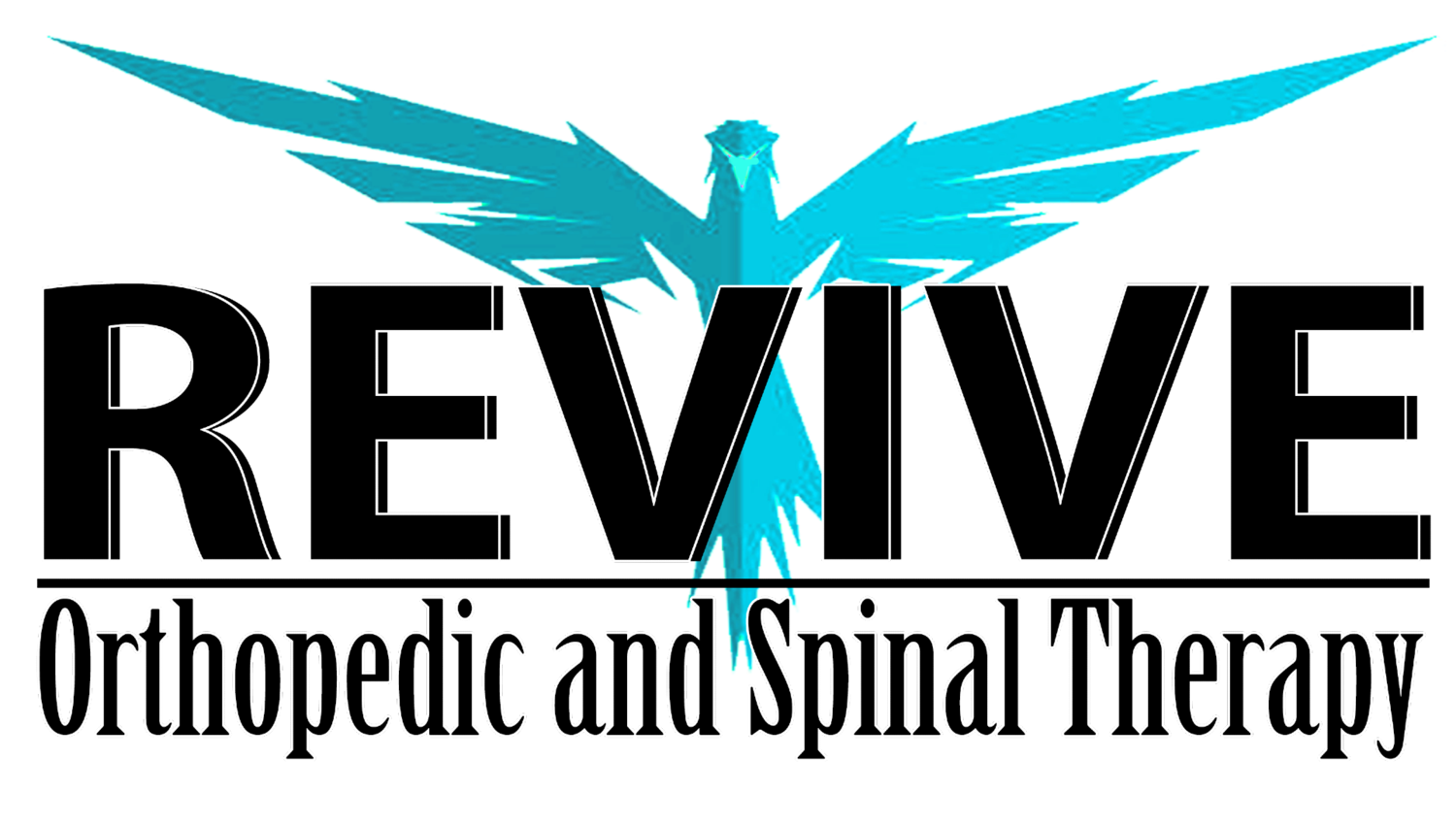Getting Your Body Back on Track: How Physical Therapy Can Help Correct Postural Deficits and Alleviate Shoulder Pain
As a physical therapist, I have seen countless patients suffering from shoulder pain caused by poor posture. Posture is the alignment of the body's joints and muscles in relation to one another, and postural deficits occur when these joints and muscles are not in their optimal position. In this article, I will discuss the relationship between posture and shoulder pain, the role of cervical posture and scapular stability, and how physical therapy can help correct postural deficits and alleviate shoulder pain.
Understanding Posture and Postural Deficits
Posture is the position in which we hold our bodies while standing, sitting, or lying down. Good posture involves maintaining the natural curves of the spine and keeping the head, neck, and shoulders properly aligned. Poor posture, on the other hand, can lead to a range of musculoskeletal problems, including shoulder pain.
Postural deficits can be caused by a variety of factors, including muscle imbalances, poor ergonomics, and injury. When one muscle group is stronger or tighter than another, it can pull the body out of alignment, leading to postural deficits. Poor ergonomics, such as sitting at a desk for long periods of time without proper support, can also contribute to postural deficits. Finally, injury can lead to compensatory movements that cause postural deficits.
The Relationship Between Posture and Shoulder Pain
Poor posture can lead to shoulder pain in a number of ways. When the shoulders are not properly aligned, it can cause the muscles that attach to the shoulder blade to become overworked, leading to pain and stiffness. Additionally, poor posture can cause the shoulder joint to become compressed, leading to impingement and pain.
The Role of Cervical Posture in Shoulder Pain
The position of the neck, or cervical spine, can have a significant impact on shoulder mechanics. When the neck is in a forward position, it can cause the shoulders to round forward, leading to postural deficits and shoulder pain. Additionally, poor cervical posture can cause the muscles that attach to the shoulder blade to become overworked, leading to pain and stiffness.
Scapular Stability and Its Impact on Shoulder Mechanics
Scapular stability refers to the ability of the shoulder blade to move and stabilize in relation to the rest of the body. When the shoulder blade is not properly stabilized, it can lead to postural deficits and shoulder pain. Additionally, poor scapular stability can cause the shoulder joint to become compressed, leading to impingement and pain.
How Physical Therapy Can Help Correct Postural Deficits and Alleviate Shoulder Pain
Physical therapy can be a highly effective treatment for postural deficits and shoulder pain. A physical therapist can assess your posture and identify any muscle imbalances or other factors that may be contributing to your pain. From there, they can develop a personalized treatment plan that may include exercises to improve your posture, strengthen weak muscles, and stretch tight muscles.
Common Physical Therapy Exercises for Improving Posture and Reducing Shoulder Pain
There are a variety of exercises that physical therapists commonly use to improve posture and reduce shoulder pain. These exercises may focus on strengthening the muscles that support good posture, such as the back and core muscles, or stretching tight muscles that are contributing to postural deficits. Additionally, physical therapists may use manual therapy techniques, such as massage or joint mobilization, to help improve joint alignment and reduce pain.
The Benefits of Working with a Physical Therapist
Working with a physical therapist can offer a number of benefits beyond simply alleviating your shoulder pain. A physical therapist can teach you proper body mechanics and ergonomics to help prevent future postural deficits and shoulder pain. They can also provide you with a personalized exercise program that you can continue to do on your own to maintain good posture and prevent further injury.
Tips for Maintaining Good Posture and Preventing Future Shoulder Pain
In addition to working with a physical therapist, there are a number of things you can do on your own to maintain good posture and prevent future shoulder pain. These may include practicing good ergonomics at your desk, taking frequent breaks to stretch and move around, and incorporating exercises to strengthen your back and core muscles into your daily routine.
Conclusion
Postural deficits and shoulder pain are common problems that can have a significant impact on your quality of life. However, with the help of a physical therapist, it is possible to correct these issues and alleviate your pain. By working with a physical therapist and practicing good posture and body mechanics, you can enjoy a pain-free, active lifestyle.
If you are suffering from postural deficits or shoulder pain, I encourage you to seek out the help of a physical therapist. With their expertise and guidance, you can get your body back on track and live a healthier, happier life.

